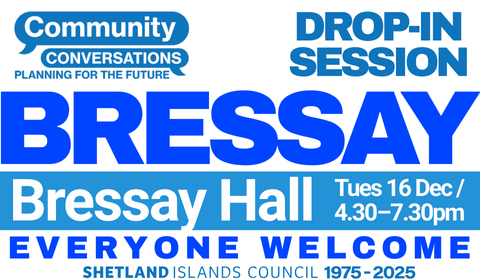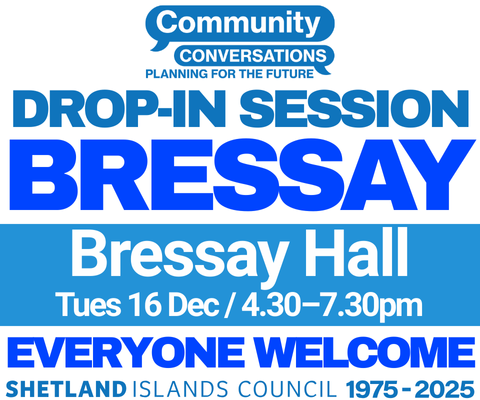Letters / New smart meter resulting in much higher bills
There has been much coverage in the news about RTS electricity meters being switched off at the end of June 2025 (recently extended), and how important it is to get a new so-called smart meter to replace it.
But is the installation of a smart meter like jumping from the frying pan into the fire?
RTS electricity suppliers have left it to the last few weeks before the official shutdown date before appearing in small numbers in Shetland to start replacing meters. This is despite the fact the date has been known for years.
There have been years to design a meter which could have replicated the RTS functionality of the 1980s technology, but this has not been done.
What is being newly installed now in no way replicates the old system and will most probably make everyone’s bills much higher. It is a botched compromise of a solution that cheats the customer.
The UK Government has said RTS meter customers will be no worse off as the system is phased out and that smart meters will maintain similar peak/off-peak functionality. Unfortunately, this is not going to be the case.
On 20 June this year EDF replaced my RTS meter with a so-called smart meter. And what was never explained to me was that the new meter would result in much higher bills. It is important to note that the new standard rate is 74 per cent more expensive than the RTS heating and hot water rate.
I repeatedly asked about the changes and how they would affect me, but I got no sensible replies. Most of the advisors on the helplines were almost clueless as to what the changes would mean.
I explained how the RTS system we presently had worked, and not one of the many I spoke to understood how RTS meter tariffs were applied to customer electricity usage. The lack of knowledge was unbelievable.
They said that what we had (RTS meters) were an exotic system and the exotic meter team would need to reply. Despite asking many times, I never got a response before fitting my new smart meter.
What they have done for me with my new smart meter is keep the rates the same for both meters. However the only thing on the cheaper meter is the timed storage heaters and bottom of the water tank immersion heater.
All the rest has been put on to the other more expensive meter which charges 74 per cent more. That means I will pay 74 per cent more for towel rails, panel heaters, electric shower, living room fire, storage heater boost switch and hot water boost.
It means we can no longer heat bedrooms, bathrooms and living rooms like we did before. This will add so much to our bills especially through the long cold winter.
Yet we have been assured that we will be no worse off by the authorities. The effects of this change will be amplified the poorer the house is insulated.
Many houses in Shetland and elsewhere were wired specifically for the RTS system as, if a house was to be heated by electricity, it was really the only half affordable way to do it.
The tariff system for the older RTS setup which now has to be replaced, is quite simple.There is one standard variable rate (the more expensive rate) which applies to all usageother than heating and hot water. This is for all sockets for plugs, lighting and cooking.
This tariff for myself as of 1 April 2025 was 26.98p per kWh with EDF. It is measured by a single non-RTS standard meter.
The second meter is an RTS meter. This meter supplies only a reduced electricity tariff rate for all heating and all hot water. As of 1 April 2025 my rate was 15.524p with EDF. It supplies the same cheaper rate 15.524p to everything wired to it.
Apparently the cost per kWh for mains gas is about 6.34p. We do not have the mains gasoption in Shetland. What this means is that it costs over four times more than a mains gas user using our new smart meter rates to turn on towel rails, bedroom heaters, living room heater, shower and hot water boost.
When you factor in the wind speed, temperature and lack of sunlight in Shetland how many houses could you heat in the south of England for the price of heating one identical house on an electricity smart meter in Shetland?
The answer will be about four houses in England could be heated for the cost of heating one house in Shetland.
The electricity companies must go back and look at the meter designs and tariffs as the replacement to RTS meters will make the bills much higher than before, which is not in keeping with government assurances. They have had plenty of time to find an equitable solution but have not done so.
John Inkster
Cunningsburgh












































































